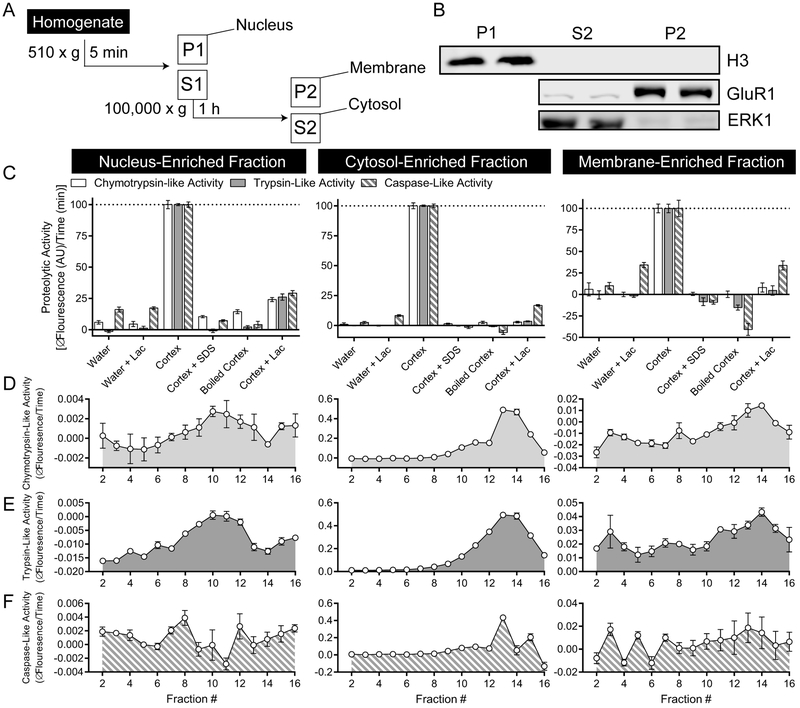Figure 3. Active proteasome populations in intracellular compartment-enriched fractions from human cortex.
(A) Human cortex was separated into nucleus- (P1), membrane- (P2), and cytosol-enriched (S2) fractions using differential centrifugation. (B) The first spin (510 x g, 5 min) resulted in isolation of all H3 (Histone 3), a marker for the nucleus, while the second spin (100,000 x g, 1 h) separated membrane (GluR1) and cytosol (ERK1) associated markers. (C) Flourogenic substrates (LLVY-AMC, RLR-AMC, LLE-AMC) were sensitive to denaturing conditions and lactacystin in all three fractions. (D-F) 8–32% continuous glycerol gradients were used to separate proteins and complexes based on density. In all three compartment-enriched fractions, (D) chymotrypsin- (LLVY-AMC) and (E) trypsin-like activity (RLR-AMC) is enriched in low-glycerol percentage fractions, where large complexes are predicted to be. This suggests these assays measure proteolytic activity specific to proteasome complexes. (F) Caspase-like activity (LLE-AMC) is also enriched in low-glycerol fractions in the cytosol-enriched fraction, but there is no consistent pattern of enrichment in either the nucleus- or membrane-enriched fractions. Center lines are Means ± S.E.M.

